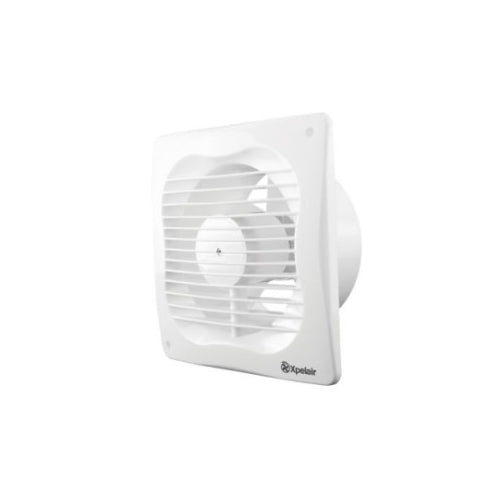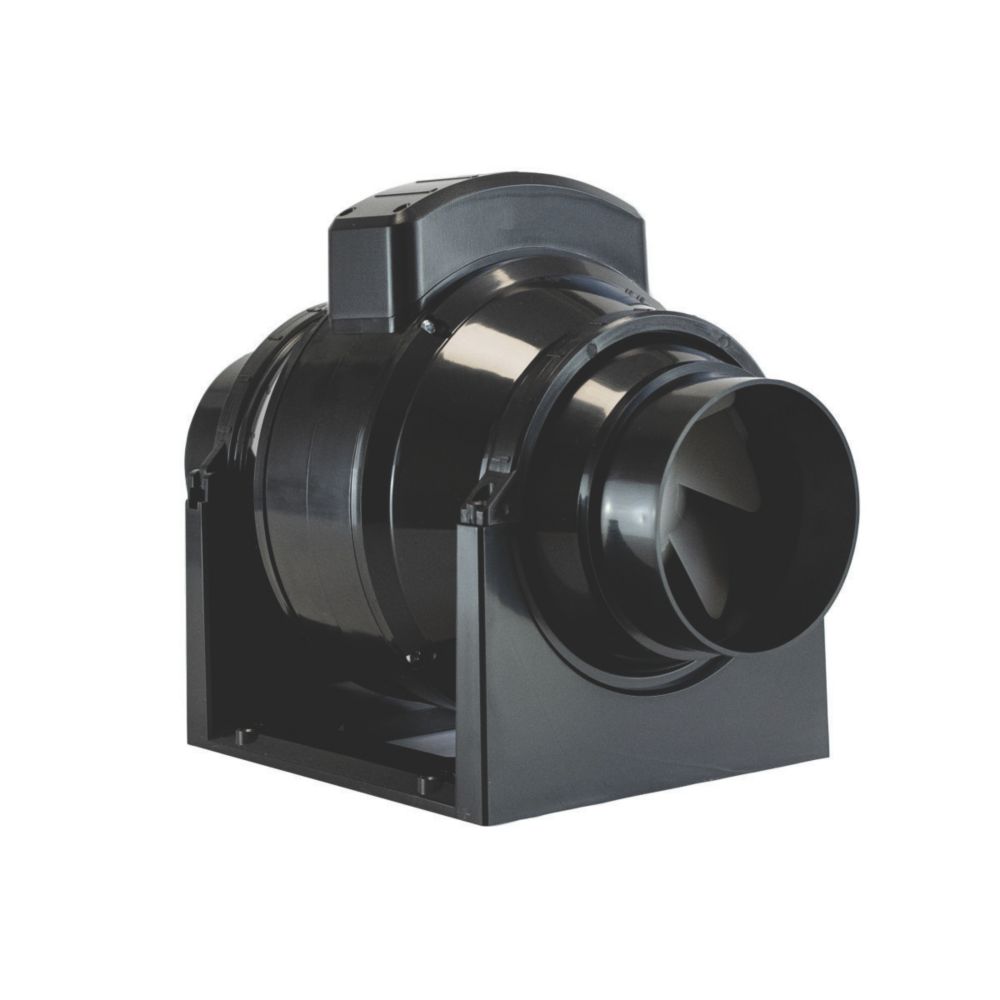I have found some mould in a bathroom in my house. It is an internal bathroom, with no windows and a not very effective extractor fan. I am thinking of investing in a dehumidifier in an effort to resolve the problem. But i am a bit overwhelmed by the choice of models and brands.
I have a quite big and old house (almost 200 years old) with high ceilings. But the rooms where I plan to use the dehumaniser (bathroom and perhaps kitchen) aren't big. So should I go for a big (20 lr) one or will a 10 lr one do? I would prefer the latter because I assume it would be easier to move and store but obviously not if the smaller dehumidifier is totally ineffective.
I have a quite big and old house (almost 200 years old) with high ceilings. But the rooms where I plan to use the dehumaniser (bathroom and perhaps kitchen) aren't big. So should I go for a big (20 lr) one or will a 10 lr one do? I would prefer the latter because I assume it would be easier to move and store but obviously not if the smaller dehumidifier is totally ineffective.


